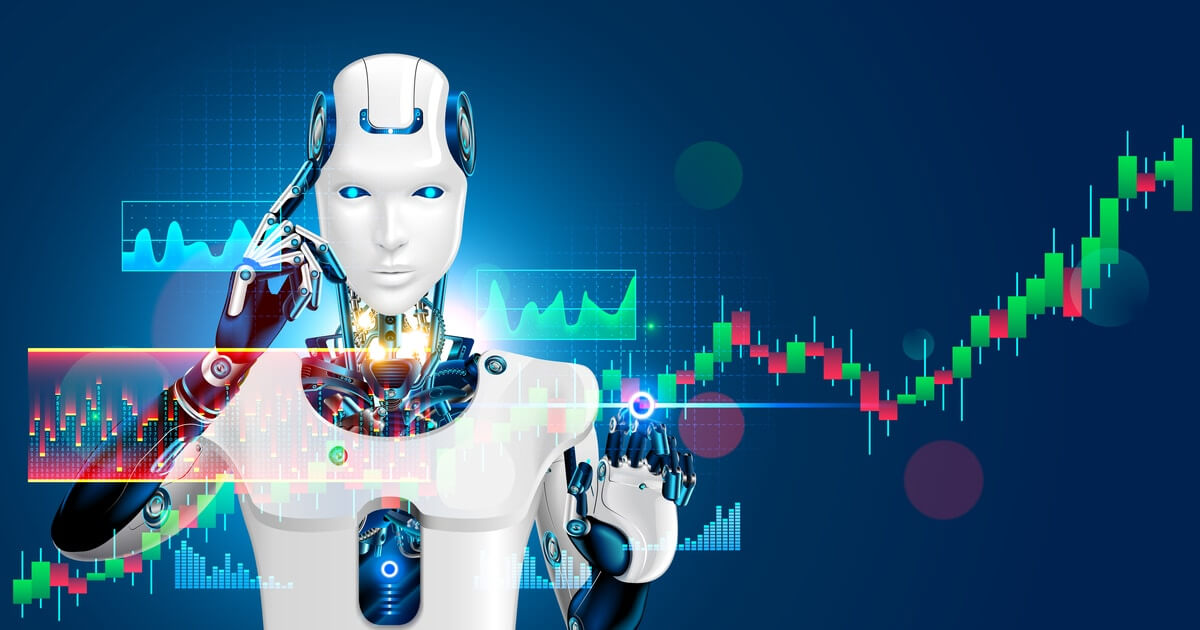AI Illustration Model 'Namiya' Drives Engagement in Anime Art Community – Business Opportunities for Digital Creators

According to PicLumen AI on Twitter, the AI illustration model 'Namiya' is gaining significant traction within the anime art community, as showcased on the platform piclumen.com (source: PicLumen AI, July 29, 2025). The use of advanced AI art generators like Namiya enables digital creators to efficiently produce high-quality, visually appealing anime-style artwork. This trend is opening new business opportunities for artists, content platforms, and marketing agencies seeking scalable solutions for custom content generation. The growing adoption of AI illustration tools highlights a shift in digital art production, with practical applications in web design, social media marketing, and entertainment industries.
SourceAnalysis
From a business perspective, AI-generated anime art opens lucrative market opportunities, particularly in monetization strategies for content creators and platforms. PicLumen AI's model demonstrates how subscription-based services can generate revenue, similar to Midjourney's model which amassed over 10 million users by mid-2023 according to their official announcements. Market analysis from Grand View Research projects the generative AI market to reach $110.8 billion by 2030, with a compound annual growth rate of 34.6% from 2023, driven by applications in entertainment and media. For businesses, this translates to opportunities in personalized marketing, where AI can create custom anime avatars for social media campaigns, potentially increasing engagement by 25% as seen in a 2022 case study by Hootsuite on visual content. Implementation challenges include high computational costs, with training a diffusion model requiring GPUs that cost thousands, but cloud solutions from AWS and Google Cloud, introduced in 2021, offer scalable alternatives. Competitive landscape features key players like OpenAI with DALL-E 3 launched in September 2023, and Adobe's Firefly integrated into Creative Cloud in March 2023, intensifying rivalry in AI art tools. Regulatory considerations are critical, with the EU's AI Act of 2024 mandating transparency in AI-generated content to combat deepfakes, requiring businesses to label outputs clearly. Ethical implications involve ensuring diverse representation in anime art to avoid biases, as highlighted in a 2023 MIT study on AI training data. Monetization strategies could include partnerships with anime studios for co-created content, projecting revenue streams from licensing deals that could add $5 billion to the industry by 2028 according to Deloitte's 2023 media report. Overall, these trends suggest robust growth, but companies must navigate compliance to capitalize on opportunities.
Technically, AI models like Namiya from PicLumen rely on advancements in stable diffusion techniques, building on the original Stable Diffusion model's open-source release in August 2022 by Stability AI, which uses latent diffusion to generate images from text prompts. Implementation considerations involve fine-tuning pre-trained models with anime-specific datasets, such as those from Danbooru, to achieve styles with high fidelity and cuteness factors, as seen in the July 2025 tweet. Challenges include overfitting, where models may replicate styles too closely, risking copyright issues, but solutions like LoRA adapters, developed in 2022 by Microsoft researchers, allow efficient customization without full retraining. Future outlook points to multimodal AI, with integrations like GPT-4's vision capabilities announced in March 2023 by OpenAI, enabling text-to-image evolutions that could incorporate video generation by 2026. Predictions from Gartner in 2023 forecast that by 2025, 30% of enterprises will use generative AI for content creation, impacting anime production timelines. Specific data shows that AI tools reduced illustration time by 70% in a 2023 Adobe survey of creative professionals. Competitive edges go to platforms offering user-friendly interfaces, with PicLumen's web-based access mirroring Canva's AI features rolled out in 2023. Regulatory best practices include watermarking AI outputs, as recommended by the U.S. Copyright Office in 2023 guidelines. Ethically, promoting open-source models fosters innovation while addressing data privacy under GDPR since 2018. For businesses, adopting these technologies could yield a 20% increase in creative output, per a 2024 McKinsey report, but requires upskilling teams to handle AI prompts effectively. Looking ahead, the fusion of AI with AR/VR, as prototyped in Meta's 2023 projects, promises immersive anime experiences, potentially revolutionizing fan engagement by 2030.
PicLumen AI
@PicLumenAI image generation made intuitive. Text-to-image, image-to-image & image description tools. No watermarks. Featuring FLUX.1 & fan-favorite PicLumen Art V1.
.jpg)
